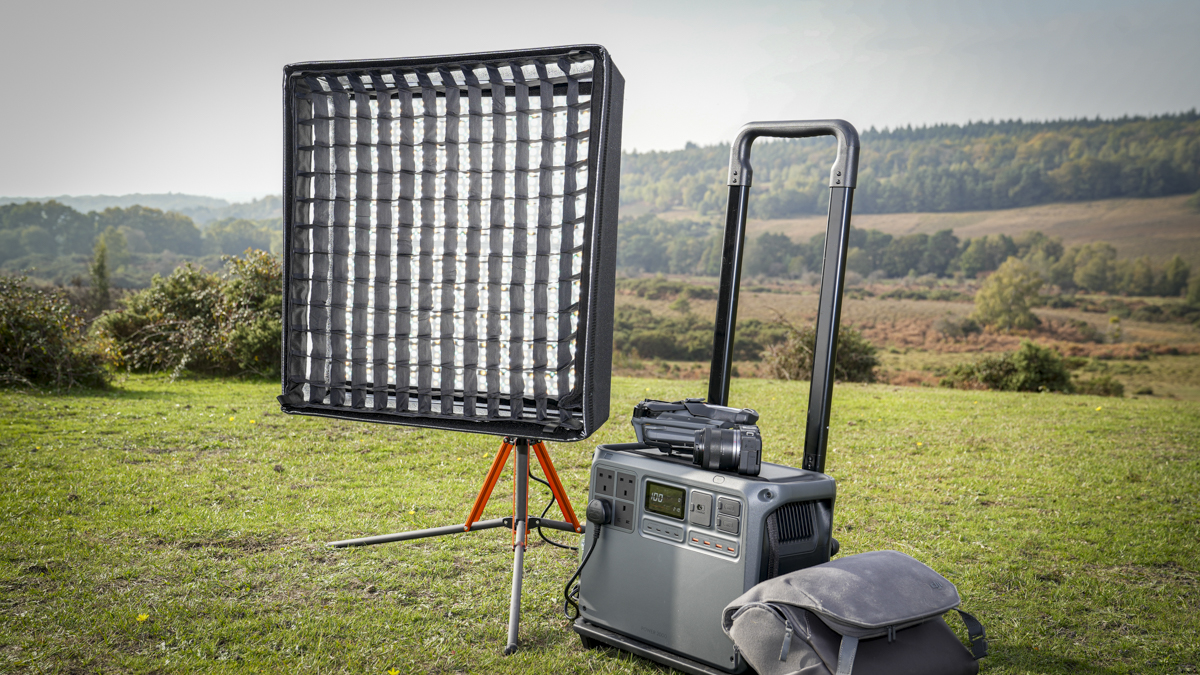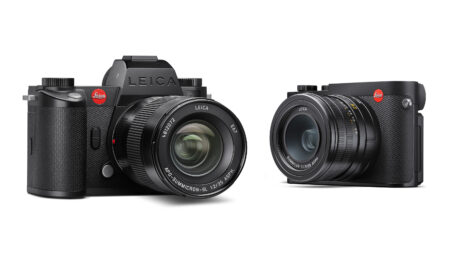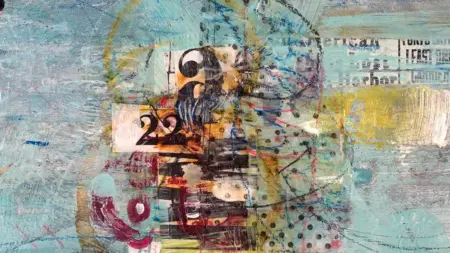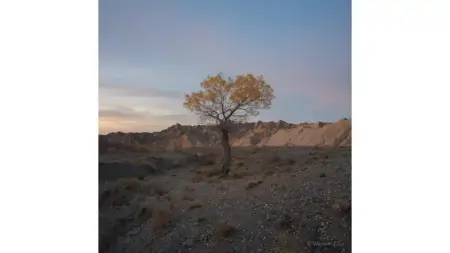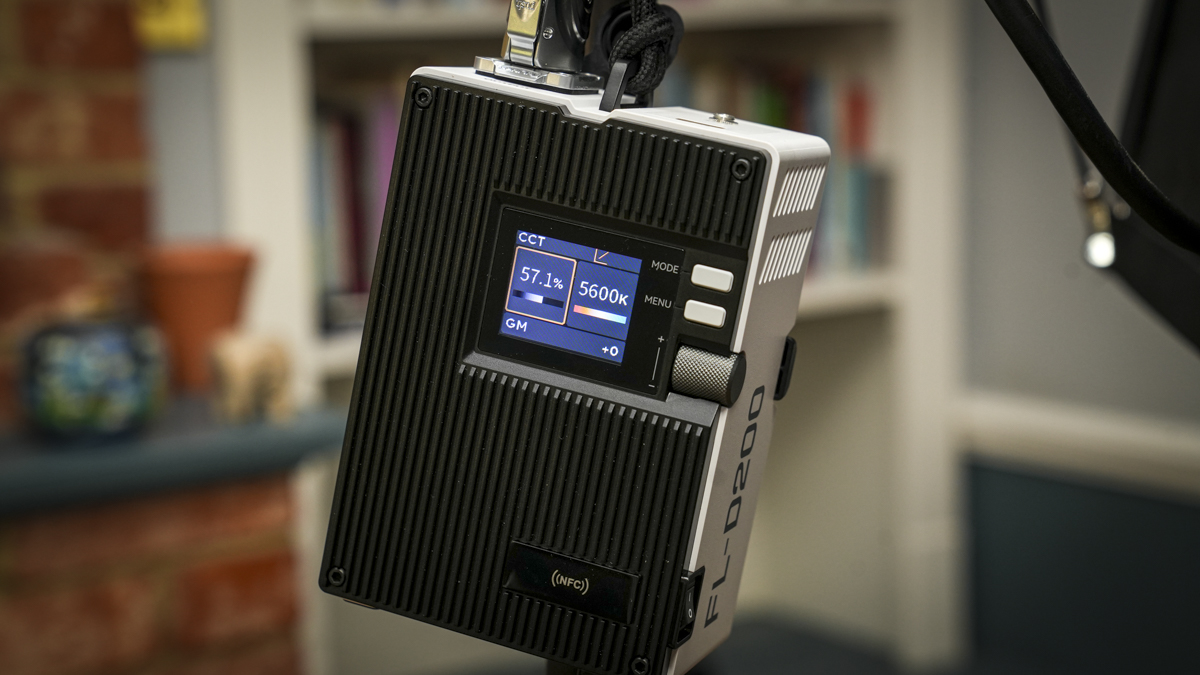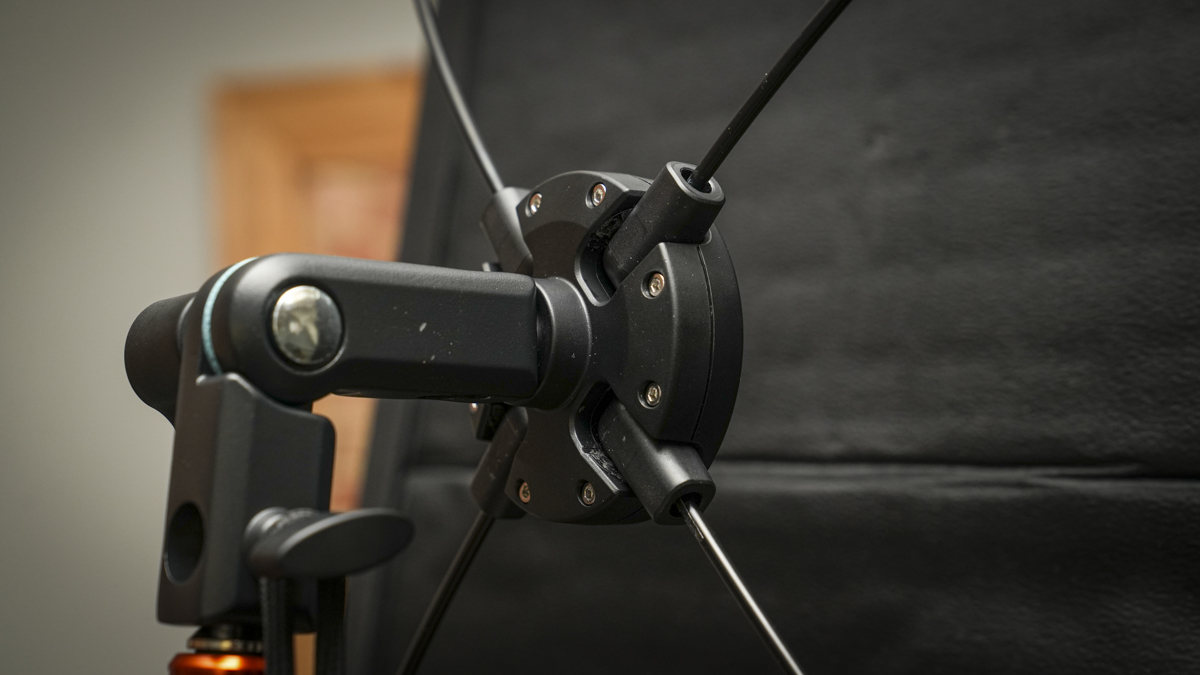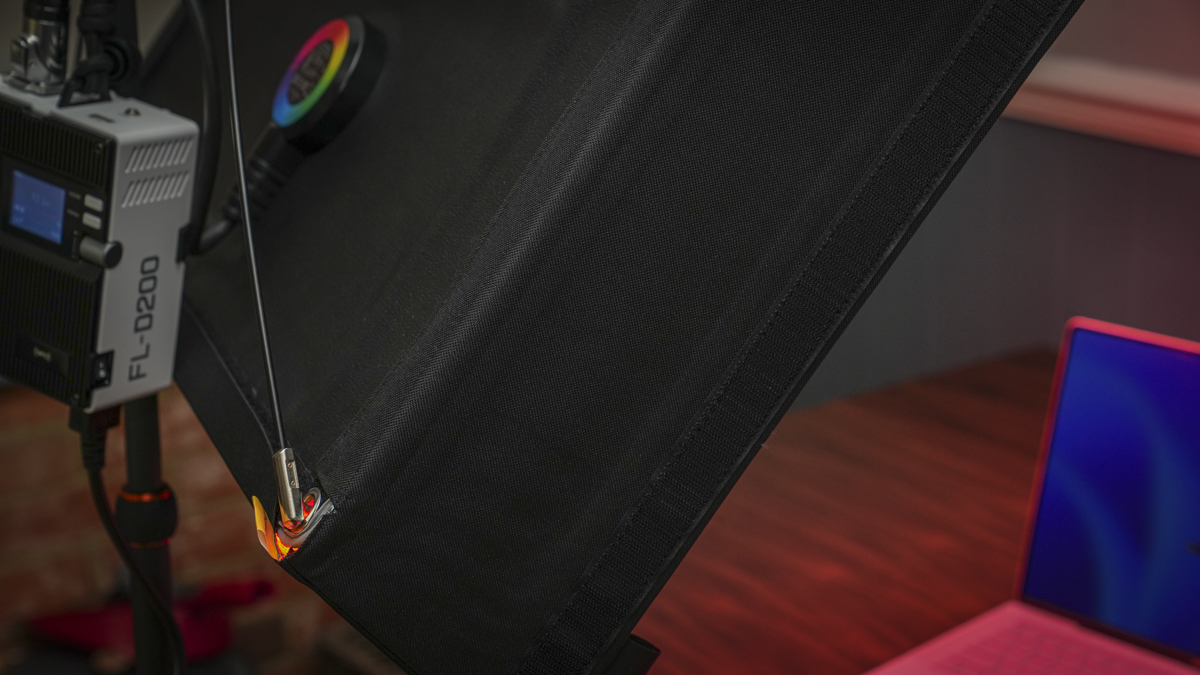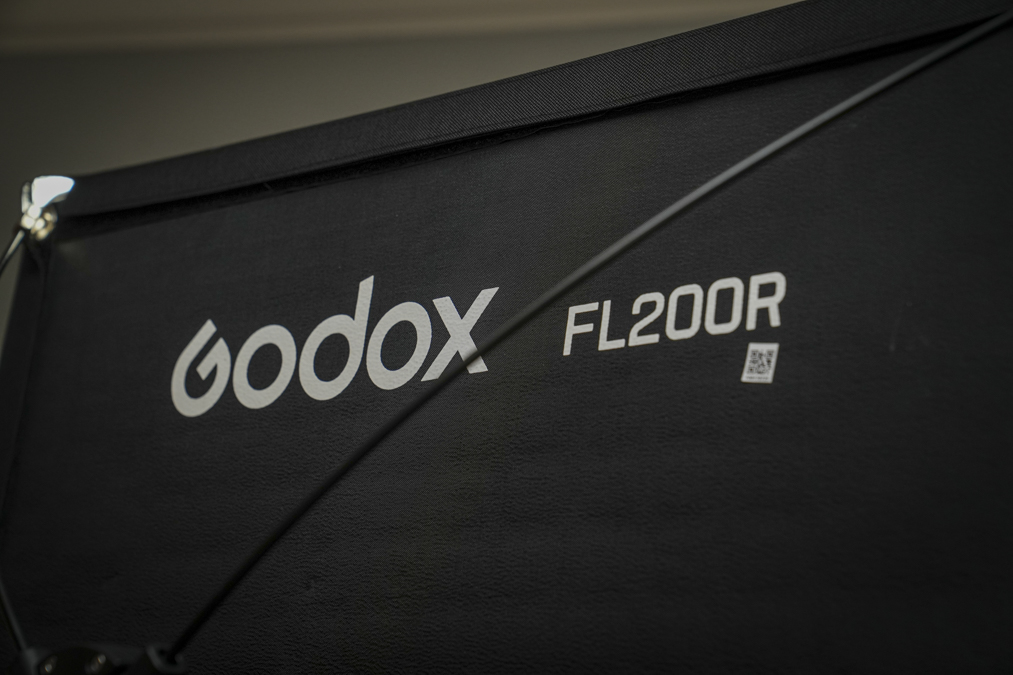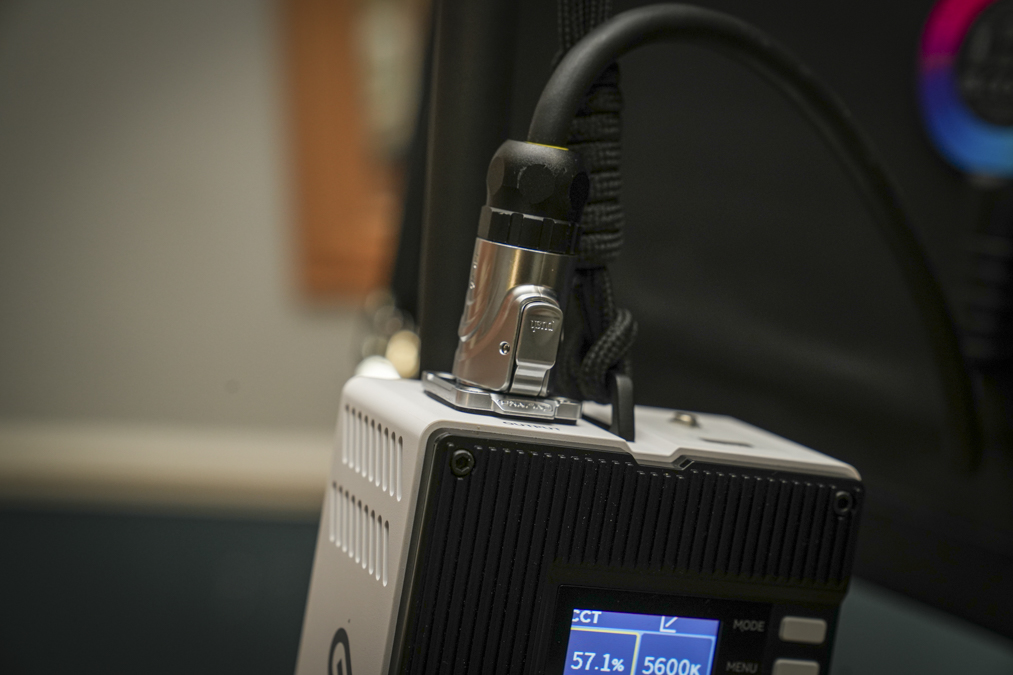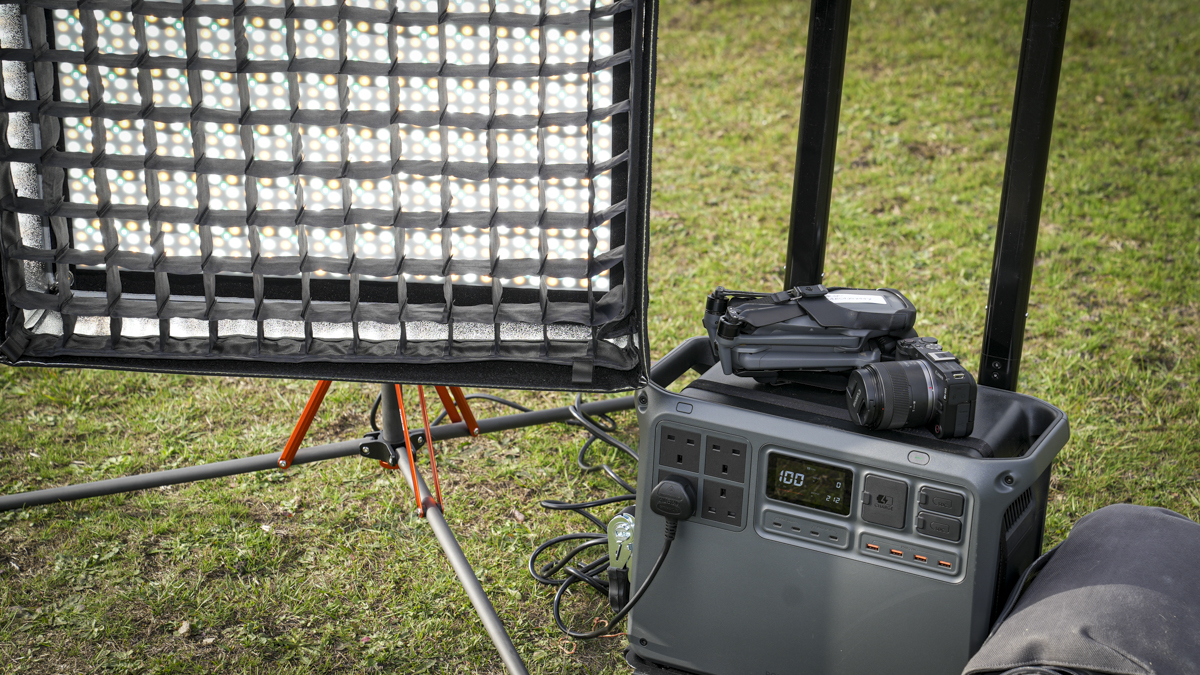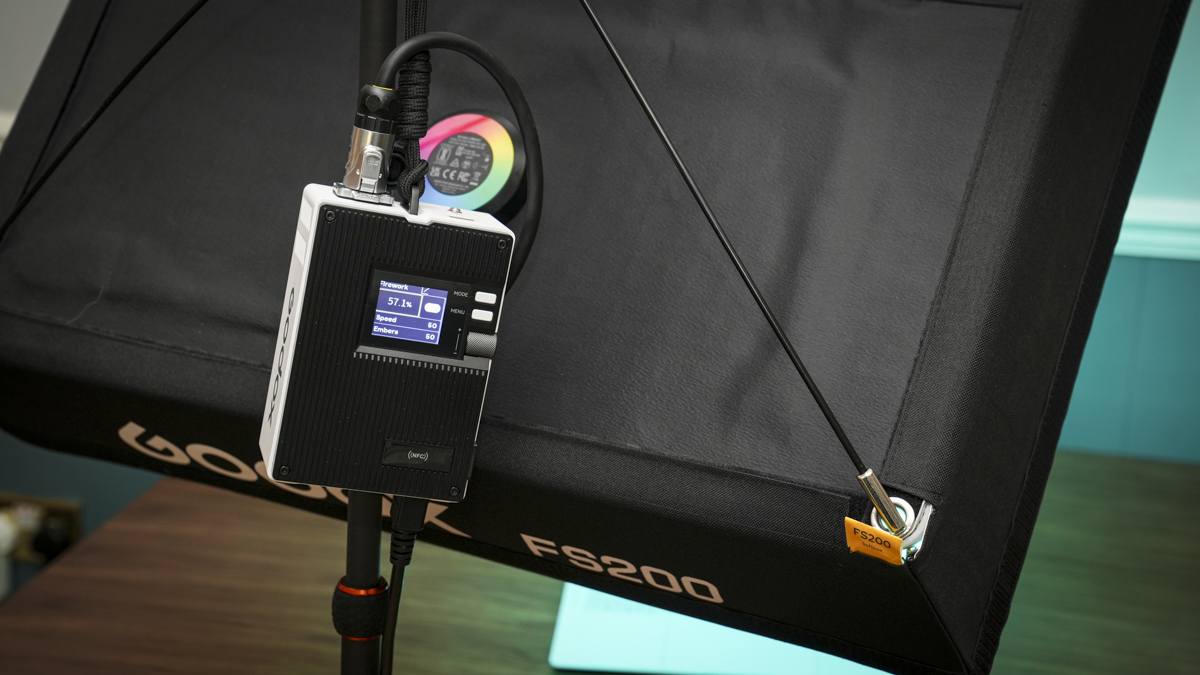The Godox FL200R is a square 2′ x 2′ full-colour flexible LED panel designed for video, broadcast, and cinematic production. Several versions of the light are available, and the one I’ve looked at in this review is the R version, essentially meaning it has RGB and full-colour control, not just the ability to adjust colour temperature from cool to warm.
The light itself is aimed at those taking a step up into semi-pro or professional lighting and needing one lighting source that not only offers superb illumination but also plenty of adjustment and flexibility. The Godox FL200R sits in the mid-range and offers an affordable and slightly flexible LED panel. It’s very easy to fit into difficult locations. It’s also far lighter and more robust than fixed LED panels, and once the support structure is clicked into place on the back, it offers a sizeable source of illumination that far outstrips many other panels within this price range.
Many other full RGB panels can feel slightly gimmicky, but there’s a real feeling of professionalism about the FL200R. It’s made from exceptionally high-quality materials. As you put in all the poles and then mount them onto the lighting stand, it feels as robust and solid as any professional rig. However, because of its materials, it’s far lighter and much easier to manoeuvre into position, which in my opinion makes it far more valuable than LED lighting panels that cost many times more.
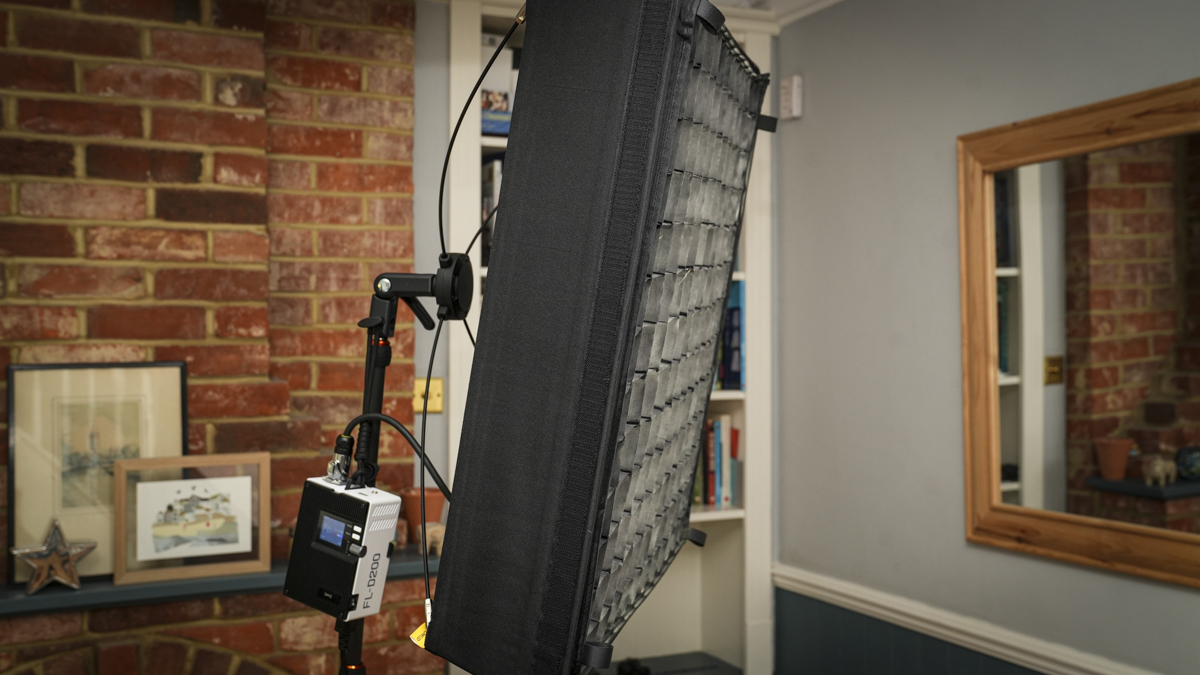
What I also really like is the fact that it has full RGB built in, and this doesn’t seem to affect the brightness of the panel in any way. It means that you don’t have to mess around with gels or special lighting effects. All you need to do is go to the control panel or the supporting app, adjust the LED to the colour, saturation, and brightness that you want, and you’re done—no clipping on annoying gels or having to double up to get the exact colour you want. Here, you can do it all with the simplicity of a touchscreen app.
While there is a support structure that enables you to use this like any other panel, one of the things I really liked about the design is that, with the aid of a couple of standard clamps, you can clamp this light into some quite tricky locations. Because of the flexibility that the panel enables, you can fit it to the curves and corners of rooms where other panels just wouldn’t fit. It lets you get much further back into the scene to produce some really effective lighting.
It’s great to see there are a few options in the range, and as a starting point, the square-format 2′ x 2′ panel is a great place to begin if you’re a small- to medium-sized business needing to film professional-style interviews. If you’re taking that professionalism up a notch, it’s great that this range has larger panels ready to go. From the outset, just opening these panels up and taking a look shows you how much potential they have.

